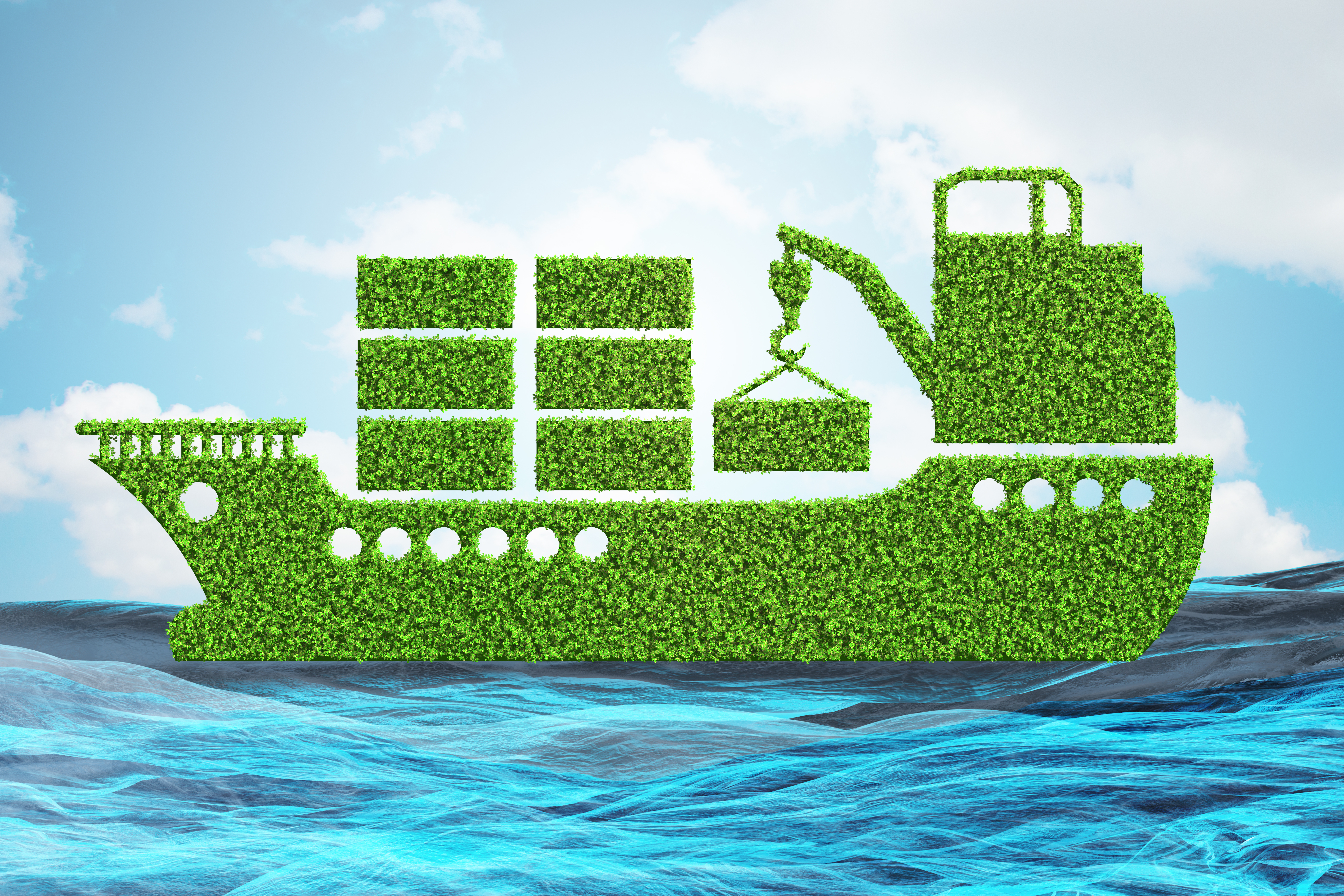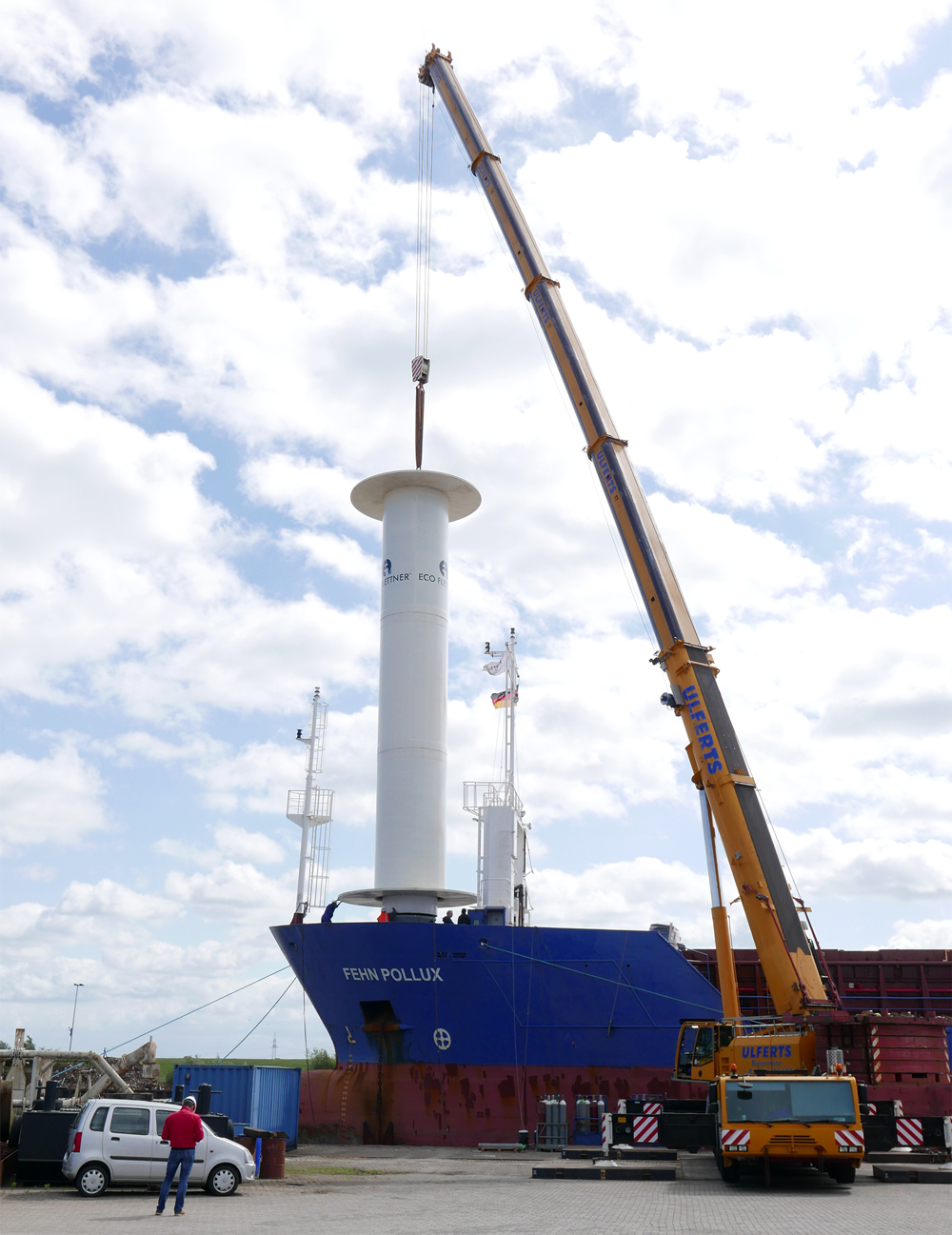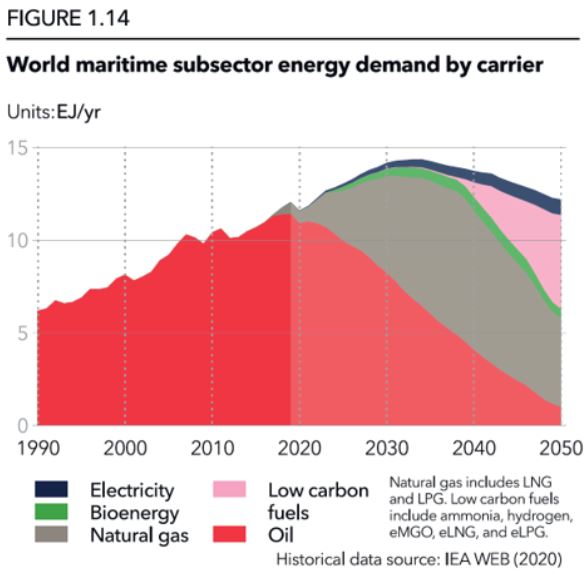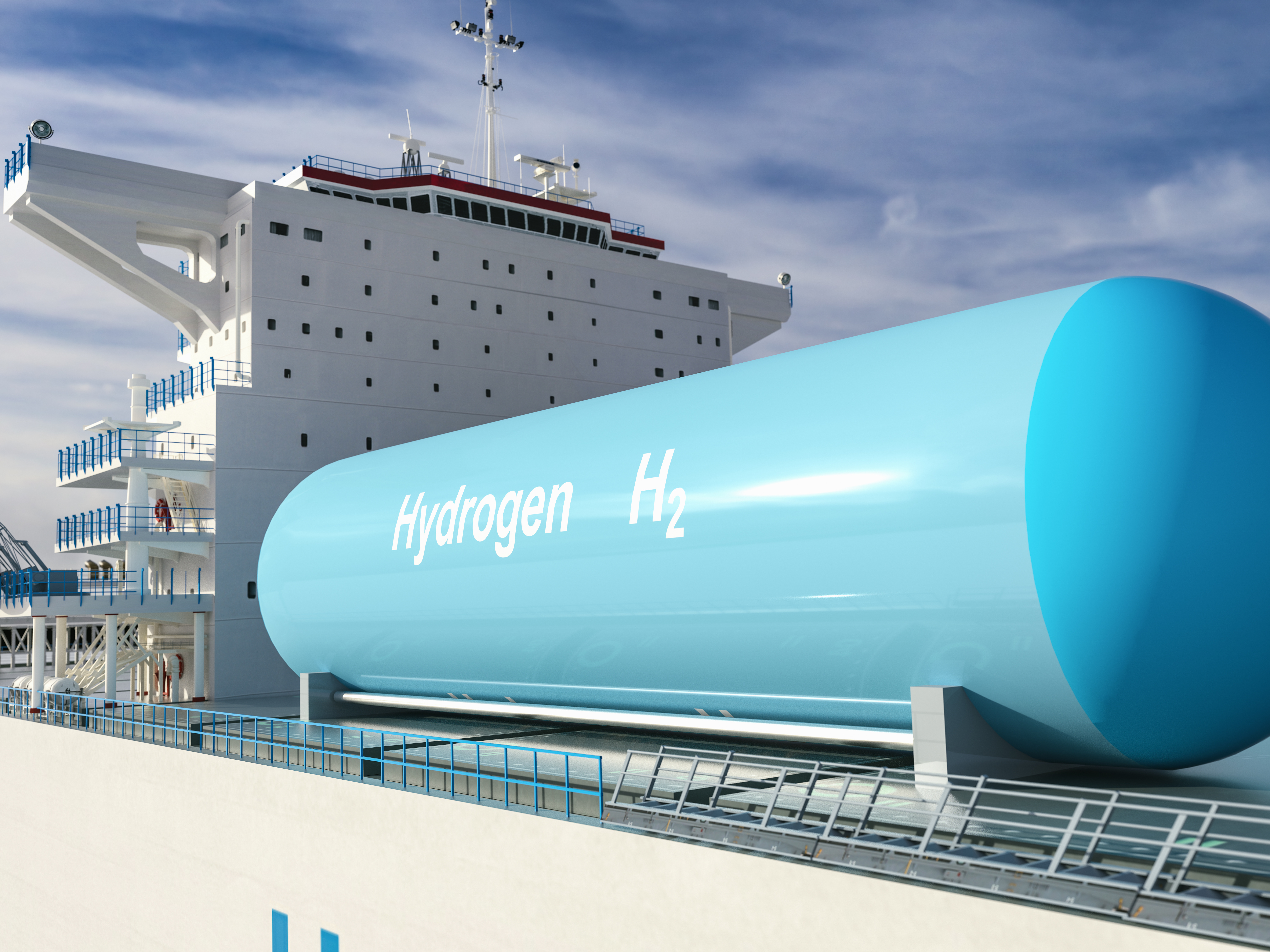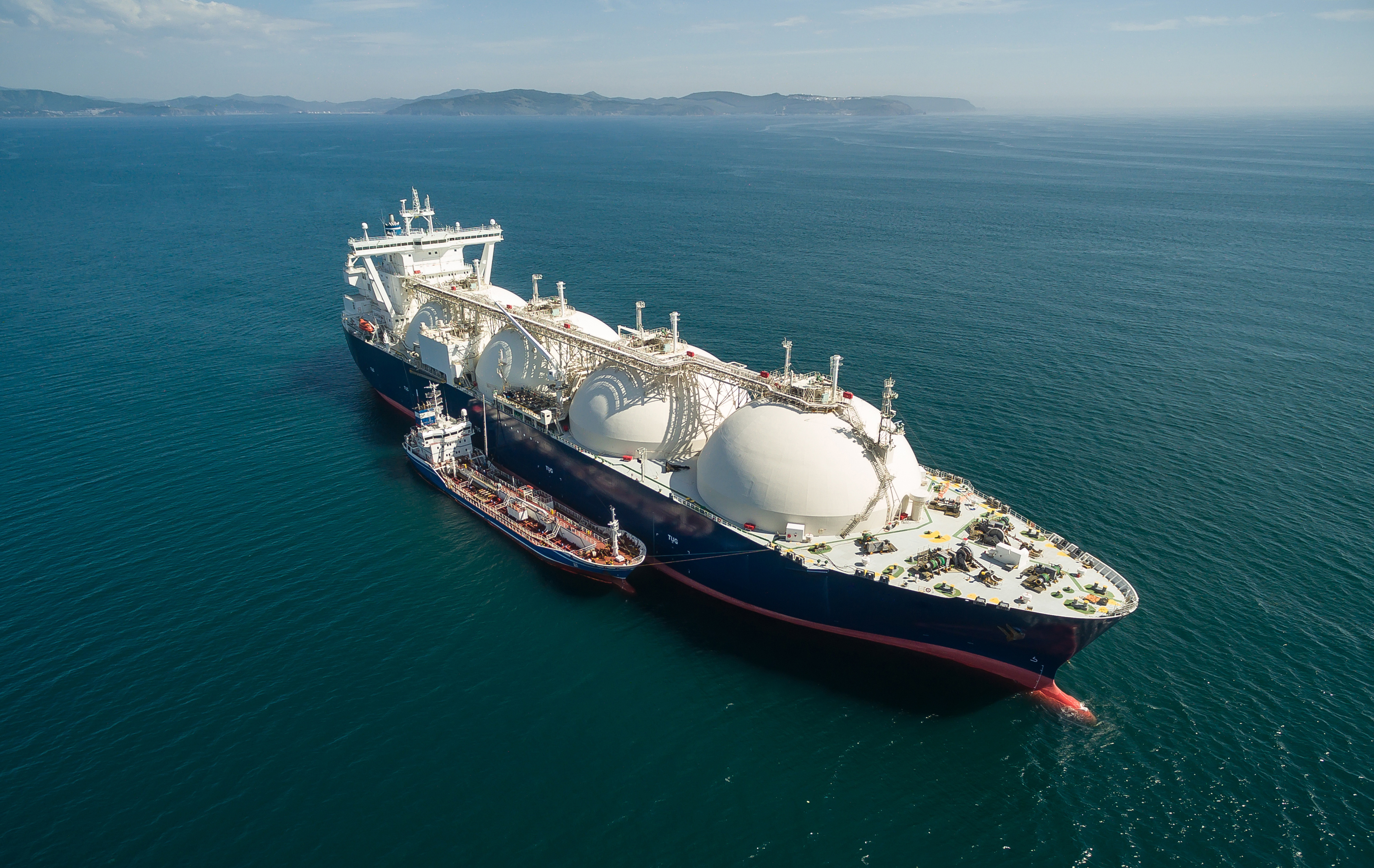The shipping industry is facing a transformation of propulsion technology and energy systems. The Emission Control Areas, which set emission limits for SOx, NOx and particulate matter, and the global limit of 0.5 percent sulfur in fuel for all ships over 100 GRT, require new propulsion systems and fuels. Within the next few years, the maritime industry expects the introduction of effective greenhouse gas (GHG) emission reduction measures, both from the IMO and the EU. Fraunhofer Waterborne develops technologies with which the emission limits can be achieved.
Catalysts or scrubbers can mitigate emissions from SOx, NOx and particulate matter. Fuels such as LNG need complex cryogenic systems and new bunkering infrastructure. Mitigating greenhouse gas emissions, however, requires carbon-neutral propulsion systems. Fraunhofer Waterborne is researching new energy chains for low carbon synthetic fuels. This includes systems and materials for hydrogen applications in engines and fuel cells. Technologies for safety and reliability are also developed. Wind propulsion is also being considered, which has a high potential for mitigating greenhouse gas emissions. This benefit can be maximized if, the operation of ships is rethought. The development of software for weather routing and speed optimization is also a research focus. The market potential and transition paths for sustainable shipping are developed and analysed.
 Fraunhofer-Allianz Verkehr
Fraunhofer-Allianz Verkehr